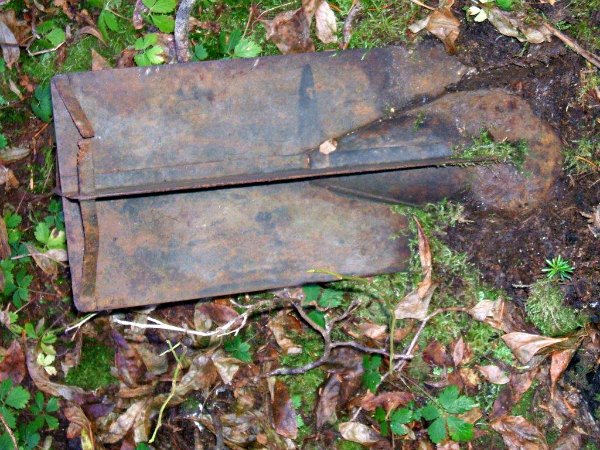An unexploded bomb dating back to World War Two was discovered nearby Lumby seven decades after the war was fought. Lumby is a small Canadian borough in the British Columbia province. The Royal Canadian Mounted Police (RCMP) believes the explosive is one of the balloon bombs that were let loose by the Imperial Japanese Army during the Second World War.
According to RCMP spokesperson Gord Molendyk, the Japanese were known for coming up with a way to make bombs flow 5,000 miles across the north pacific sea during World War Two. They would fasten the bombs to balloons and free them with easterly wintertime jet stream winds higher than 30,000 feet.
The device was found by two forestry workers who reported it to the Royal Canadian Mounted Police.When the bomb was found in the eastern British Columbia Mountains, it was half-buried in the ground. After the discovery and subsequent report to the police, a bomb disposal squad was called upon to extract the component from the ground. Parts of the artefact are expected to be donated to the Lumby Museum.
During World War Two, the Japanese inflicted havoc on their foes across the Pacific by releasing the balloon bombs. Between November 1944 and April 1945, over 9,000 balloon bombs were let loose by the Imperial Japanese Army.
According to Henry Proce, RCMP Police corporal, when the bomb disposal squad saw the artefact, they were immediately convinced it was a balloon bomb released by the Japanese army during World War Two. And they said it had been covered in dirt for the past seventy years. While they said some metal rubble were still visible in the area, there was presently nothing left of the balloon that accompanied the bomb at the time it was let loose.
Talking about the size of the bomb, Proce said it was a big one. Buried under the dirt was a metal of about a half-metre. While the remaining part of it that was around 15-20 centimetres was visible and sticking out of the ground.
Stating why the bomb removal team did not move the World War Two Japanese bomb, Proce said it would have been very dangerous to do that. As such, the team decided to blow it up by placing some Composition C-4 (C4) on both sides of the device, the Info News reports.
According to estimates, out of the over 9,000 bombs that were let loose by the Japanese Army, not less than 1,000 of them succeeded in arriving North America. And some even travelled as far as inland Michigan and Manitoba. Speaking about the device, Andrew Burtch, the Canadian War Museum’s director of research said it was ingenious but not that effective.
